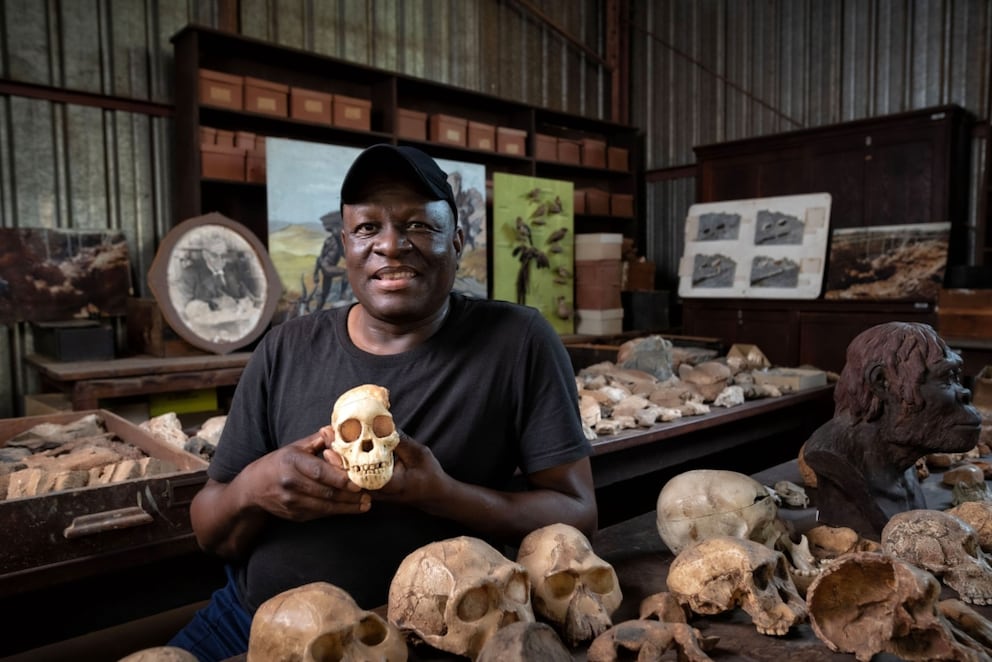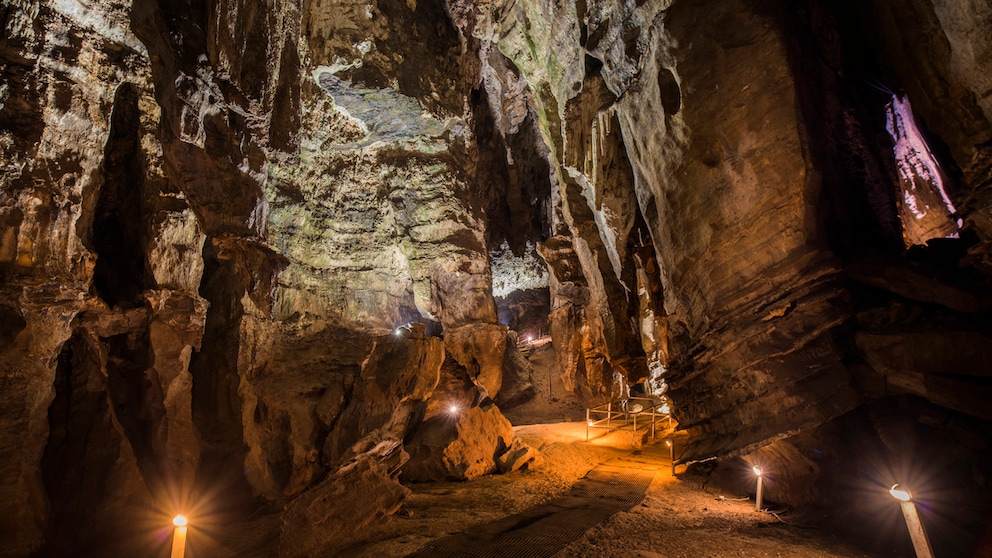May 8, 2025, 12:43 pm | Read time: 2 minutes
Where do our origins lie? Scientists have found important answers to this question in the Sterkfontein Caves near Johannesburg. These caves had been closed to tourists for an extended period—until now.
Tourists in South Africa can once again visit the famous Sterkfontein Caves near Johannesburg. The caves are part of the UNESCO World Heritage site known as the “Cradle of Humankind.” A series of significant bone discoveries, crucial for understanding human evolution, have been made in the caves. They were closed due to flood damage since December 2022, but are now accessible again.
Following the reopening, visitors are expected to gain an even more direct insight into the scientific work that has shaped this site for nearly 100 years, according to Wits University, which is responsible for managing the caves. A tour lasts about 60 to 90 minutes, and tickets can be purchased online in advance. Adults pay 150 Rand (about 7 euros), and those aged 6 to 18 pay 125 Rand (6 euros).

Sterkfontein Caves are famous for fossils of human ancestors
According to the university, more than 700 fossils of hominids, apes, and human ancestors have been found in the cave system, of which 2.5 kilometers have been mapped. Among the most famous discoveries is the nearly complete skeleton of an early human. The fossil, known as “Little Foot,” was excavated between 1994 and 1998 and is estimated to be 3.67 million years old.
The Cradle of Humankind, as the World Heritage site is called in English, is located about 50 kilometers northwest of the metropolis of Johannesburg. In addition to the Sterkfontein Caves, it includes other fossil sites and features a large interactive museum. Information is available on the website, where there is also a link for ticket booking.

This Is the Deepest Cave in the World

This Is the Most Venomous Island in the World



